Practical advice on the management of Outdoor Sports in Protected Areas
What is this toolkit for?
This toolkit is intended to provide simple and practical advice on how parks and Protected Areas can manage effectively the practice of Outdoor Sports in order to reduce the impact on the natural environment.
Who should read this?
This toolkit is addressed those responsible for the management of parks and Protected Areas, as well as sport clubs/federations and other organisations involved. This will include a range of park and Protected Areas staff, including planners, site managers, wardens and rangers.
Summary
In the last decade, there has been a considerable increase in participation in outdoor sports and activities, as highlighted by the Special Eurobarometer 472 on Sport and Physical Activity. This is often attributed to the positive benefits for physical health and mental well-being that outdoor sports bring. However, if not well managed by authorities and responsible organisations, a healthy activity for people could turn into an unhealthy activity for nature! Protected Areas have their own capacity issues and can be damaged by an excess of people or harmful activities.
This is why the EUROPARC Federation and the European Network of Outdoor Sports have joined forces to develop and promote the 10 principles of responsible and respectful outdoor sports. Our aim is to support more “Green Exercise & Outdoor Sports in Protected Areas”, but only in responsible and sustainable ways. This will also support EU Sport policies aiming to achieve a more healthy and inclusive society, and draw on the benefits provided by Protected Areas, our “natural health centres”.
Ensuring that communities value our Protected Areas is essential for maintaining the wonderful biodiversity they contain, their ability to absorb carbon, their production of oxygen and regulation of climate. Engaging people with these special places and promoting their value can be done very effectively through outdoor sports.
The European Green Deal provides a great opportunity and appropriate framework for increasing both the number and range of natural spaces, including those adjacent to urban areas. Additionally, promotion of sustainable outdoor sports will contribute to a healthy environment and, through increasing participation in outdoor activities, also a healthy society.
Authors
This advice has been prepared by the EUROPARC Policy Assistant – Alberto Robles García (Brussels Office).
Comments on the advice and suggestions for further contents should be sent to policy.assistant@europarc.org
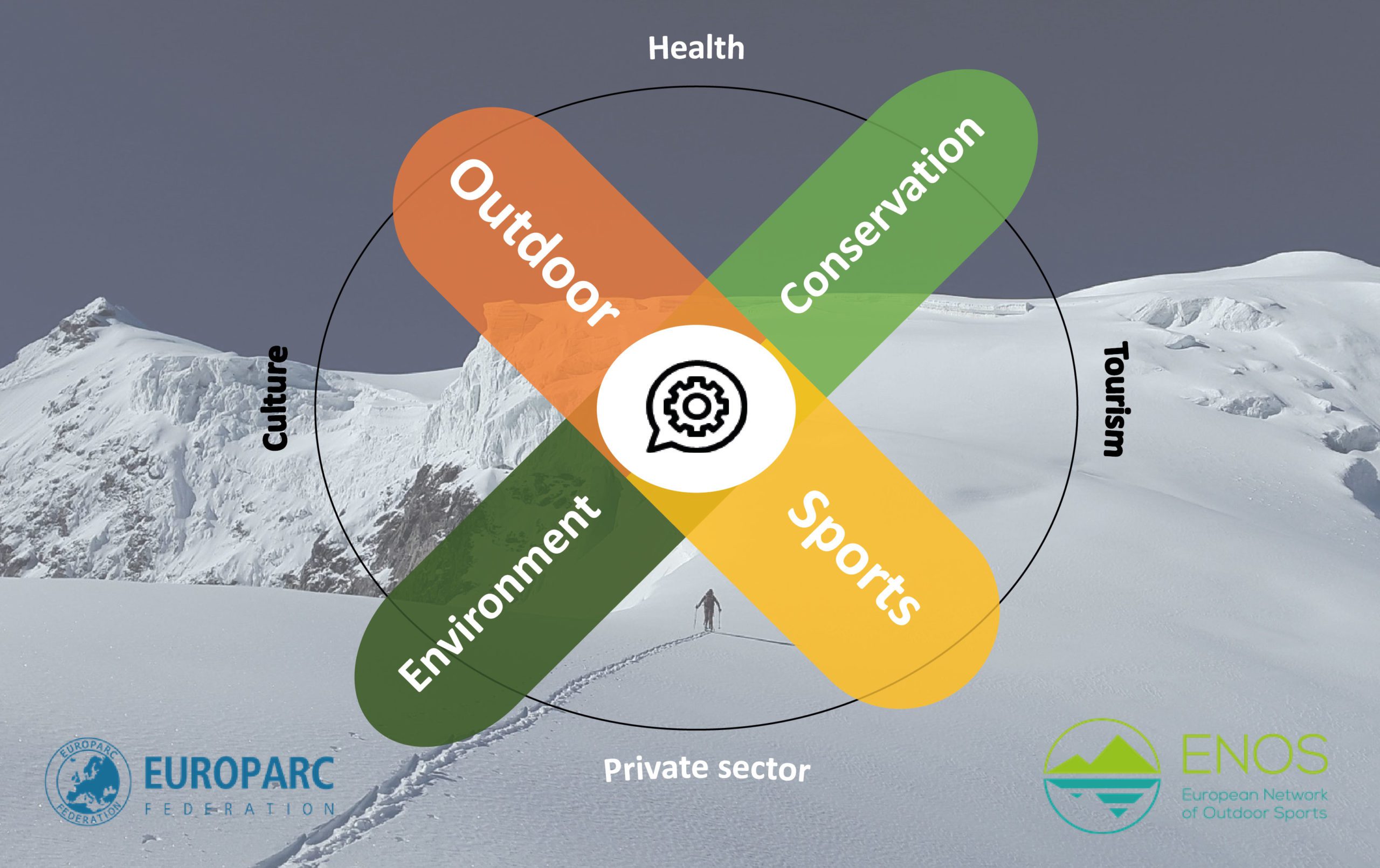
Introduction
Why should Protected Areas be involved in supporting Outdoor Sports?
As it is explained in the previous EUROPARC Federation Toolkit on ‘‘Health & Well-being benefits from Parks & Protected Areas’’, there are some cornerstone principles that should be taken into account when analysing the benefits of Outdoor Sports in a natural environment:
- Protected Areas connect people with nature and represent a valuable natural asset that can provide specific contributions to the delivery of positive Sustainable Tourism outcomes.
- Contact with nature through outdoor sports is a basic educational tool for society: it helps the individual to connect with the area, resulting in better identification with the task of conserving the environment.
- Parks & Protected Areas contribute to individual and community health and well-being, inclusion, education and to wider aspects of economic health and growth.
Planning and delivery of site management to achieve sustainable outdoor sports objectives should be informed by and delivered through:
- Policy – a policy framework at national, regional and / or local level that establishes the connection between the natural environment and outdoor sports benefits
- Partnerships – community engagement and cross-sector partnerships in implementation reflect cooperation and provide wider benefits
- Best practice and innovation – a strong evidence base is supported by many examples of good practice, with innovative projects being shared throughout the parks & Protected Areas network
- The delivery of outdoor facilities by parks and Protected Areas is a natural extension of their traditional role in providing for access and recreation – it illustrates the environment sector responding to social needs and should be embedded as part of park management bodies’ core business.
- The importance of parks and Protected Areas for health promotion and improvement adds to the case for investment in these natural assets.
These principles have been developed from the Healthy Parks Healthy People philosophy as set out in the Melbourne Communiqué of 2010 which has been endorsed by the EUROPARC Federation.
Photo credit: Musko Visuals / Parks & Wildlife Finland
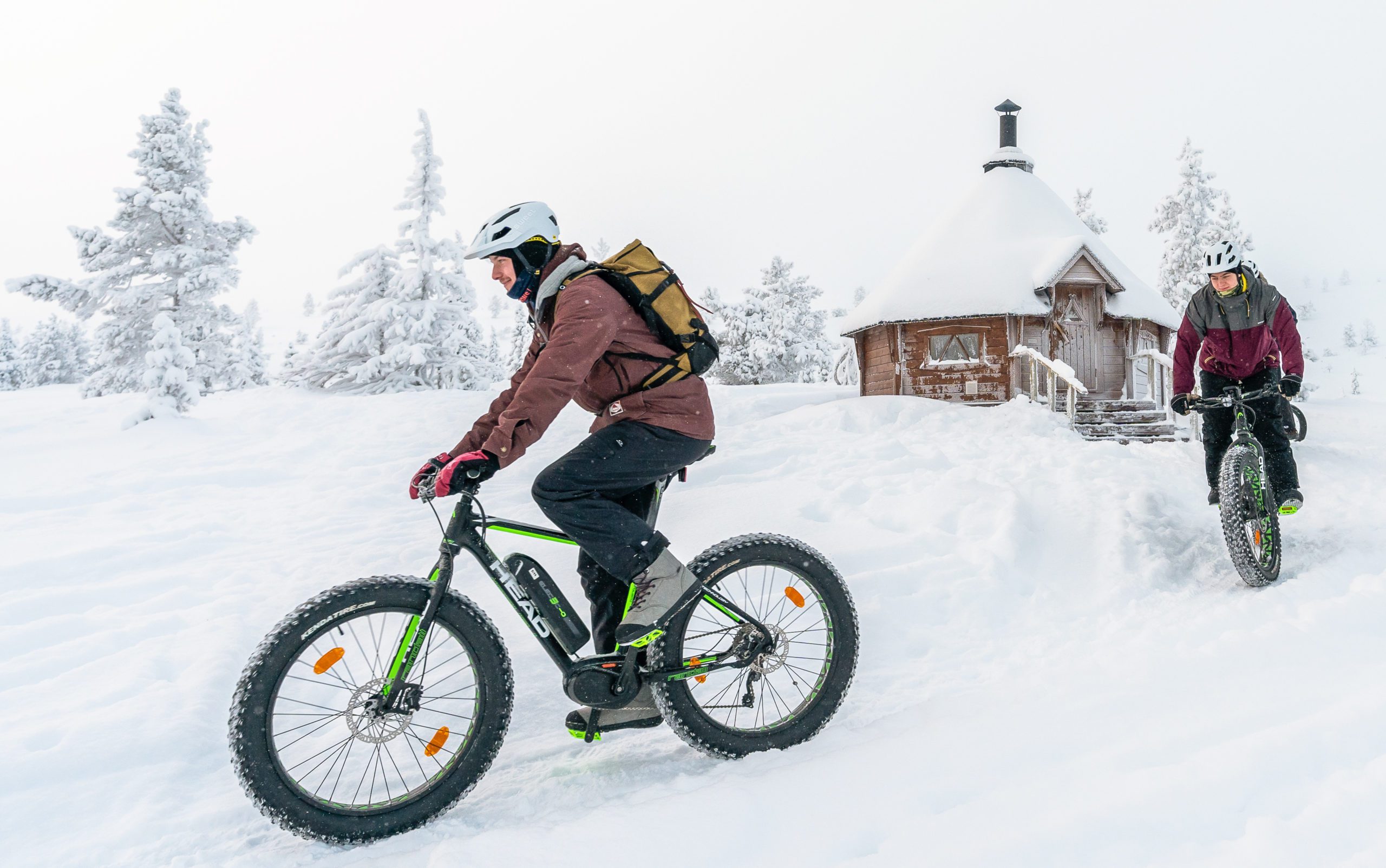
The contribution of Outdoor Sports in Protected Areas
Policy Briefing
Key Messages:
- Protected Areas are the repositories of humanity’s natural and cultural heritage and a key tool for biodiversity conservation
- Outdoor sports practiced in natural environments have a strong positive effect on practitioners’ physical and mental health
- Outdoor sports contribute to the role of Protected Areas as promoters of territorial socio-economic development and sustainable green jobs creation
- Outdoor sports practitioners should respect the environment to ensure sustainability and environmental conservation
- Outdoor sports practitioners can raise awareness on environmental issues and become good ambassadors for nature protection
The contribution of Outdoor Sports in Protected Areas
In this section you will find a general list of the benefits that outdoor sports can bring to society, extracted from the BOSS (Benefits of Outdoor Sports for Society) Toolkit prepared by the European Network of Outdoor Sports. Other benefits derived from the Jurmala Communiqué 2019: Healthy Parks Healthy People and other studies from EUROPARC Federation are also mentioned.
Mental health & wellbeing
- General mental health status
- Quality of life & overall wellbeing
- Combating mental illnesses & diseases
- Positive affective states
- Reducing negative affective states
- Control & coping
- Self-development
- Positive experiences
- Active and happy ageing
Physical health
- General physical health and related factors
- Combating diseases like stroke, heart attack & cancer
- Low injury rates and extended life expectancy
- Healthy ageing
- Subjective health perception
- Sun exposure effects
Active citizenship
- Community benefits
- Integration & inclusion
- Volunteering
- Bonding capital
Education & life-long learning
- (Intra) personal development
- Interpersonal development
- Educational motivation and achievements
- Cognitive aspects to improve learning
- Environmental awareness
Crime reduction & anti-social behaviour
- Increase of prosocial behaviour
- Prevention and reduction of crime
- Additional benefits
- Lifetime physical activity
- Accessibility Cognitive functioning
- Other multiple effects: economic health and growth (push for sustainable business)
Nature conservation
- Respectful attitude and engagement component
- Avoid bigger damages
- Educational tool
- Push for sustainable tourism
- Restoration initiatives and funding
- Research projects
Photo credit: Flatlight / Parks & Wildlife Finland
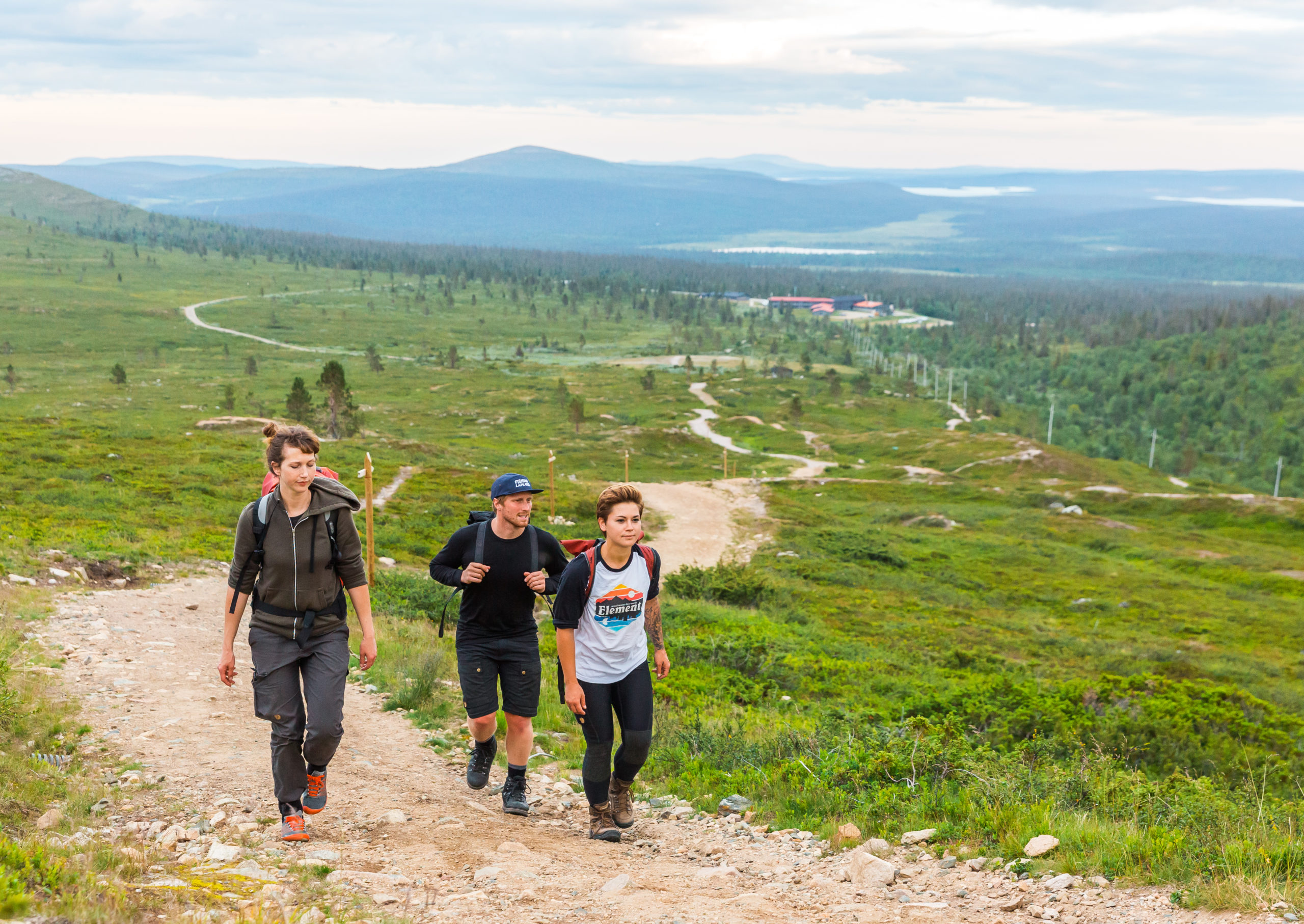
Management and Action Plan - Guidelines
This section presents a series of recommended steps to be integrated into any management plan for Outdoor Sports in Protected Areas. It is not a definitive solution but a series of general recommendations on the concepts that an efficient management plan should develop. Since it is a general roadmap, in those concepts where more technical precision is required, other documents in the field of research will be referred to.
1. Reality check
*A technical research article developing the plan for this first analysis: ”Outdoor recreation activities in nature protection areas – situation in Germany” by Stefan Türk, Edwin Jakob, Alexander Krämer & Ralf Roth (PDF)
A) Initial analysis should include data on:
- Activity areas, current demand and opportunities
- Frequentation flow and land use
- Nature protection and landscape management
- Carrying capacity: will allow the analysis of human pressure in the area of interest (download some reports about carrying capacity in the Downloads section)
- Monitoring schemes: this is one of the most important points to develop, as it will be used in each and every phase of management: from introduction to decision making and subsequent evaluation of results.
- Indicators: the creation of indicators will allow to evaluate the suitability of the solutions, as well as the necessary measures for the future. Since establishment of efficient evaluation systems is often challenging for Protected Areas managers, inspiration can be found for example in the article ”Research to guide management of outdoor recreation and tourism in parks and protected areas” (PDF) by Professor Robert E. Manning, where he proposes a management-by-objectives framework:
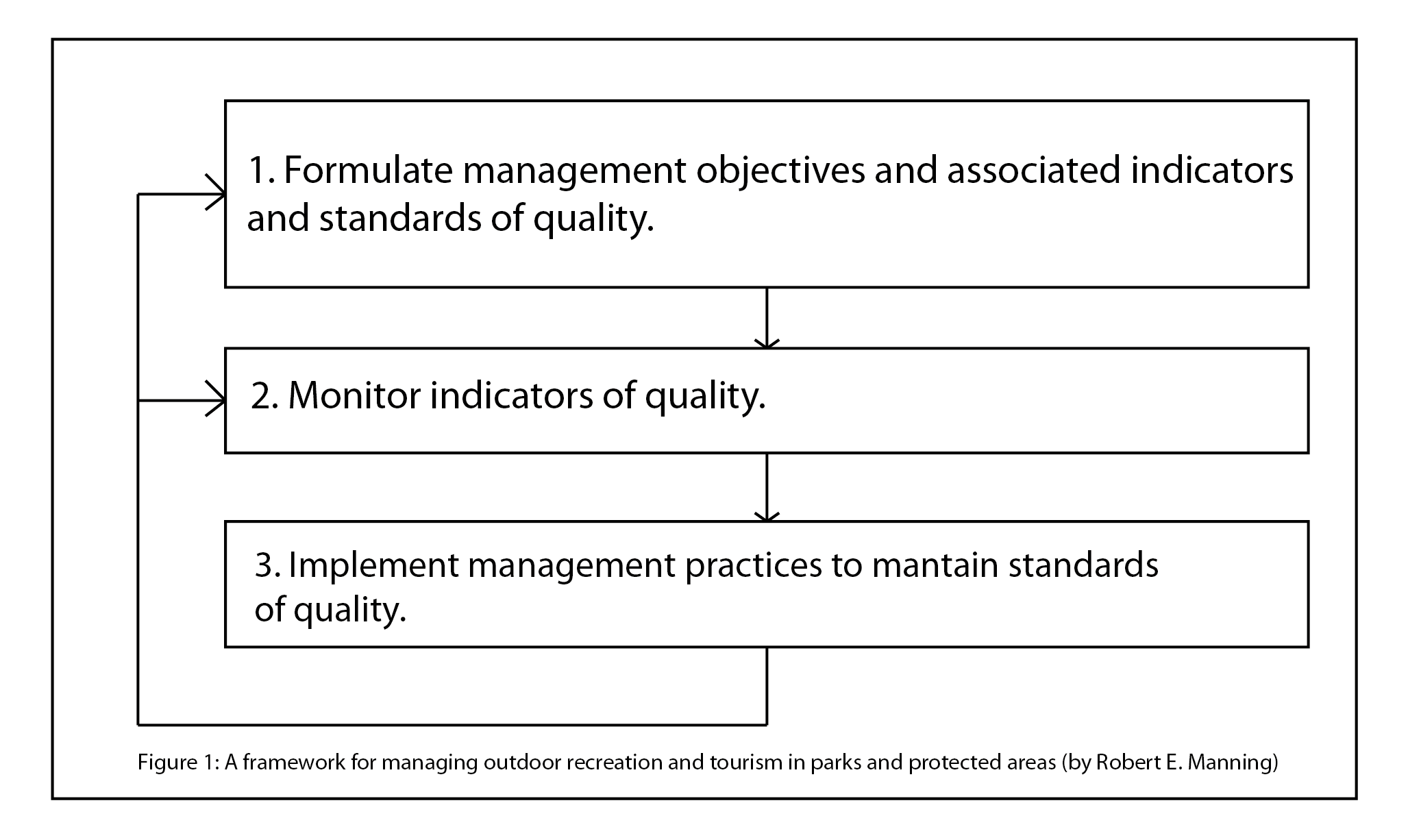
B) Secondly, the establishment of ”quiet areas” is recommended. In these areas, regulation will be different, more reinforced, and reflect a greater conservation interest. It should not be forgotten that we are talking about Protected Areas, where the value of biodiversity prevents the realization of most human activities, thus avoiding all kinds of unnecessary impact.
C) Finally, try to map areas where it would be desirable to drive the flow of sports practitioners. This should be done through the combination of geometric and factual data by employing Geographic Information Systems (GIS). Some parks – such as Collserolla in Catalonia, Spain – have developed their own computer application that automatically overlaps data from sports organizers on park maps to analyze suitability of proposals.
When identifying quiet areas, it is necessary to take into account concepts such as: borders of the park (sometimes it is interesting to drive the flows towards the periphery since the characteristics of the landscape are similar and the protected centre is not affected), areas where wildlife cannot be seriously affected, traditional or historical trails.
Some of the available tools to carry out this first analysis could include :
- Surveys: carried out at the visitor centre or on site (qualitative info)
- Eco-counters: different activities/purposes (quantitative info)
- Smartphone apps
- Big data systems
2. Create the content:
It is important to produce materials to effectively communicate the park’s strategy. Not all Protected Areas will be the same since each one has its own characteristics in terms of territory, location, extension, interests, species, activities, level of pressure… Each will then have an interest in developing content appropriate to its circumstances, after the initial situation analysis has been conducted.
A) Some examples of this content could be: codes of conduct/guidelines of good behaviour or good practices, rules of priority on the roads, explanatory panels (of the species present and important rules to respect), testimonies (not only from naturalists but also from representatives of sports federations or clubs)…
Do you need ideas?
The 10 Good Principles for Outdoor Sports in Protected Areas, launched by EUROPARC Federation together with ENOS (European Network of Outdoor Sports), can be a useful tool to work with. This document is available in more than 8 languages, and fully customizable to incorporate the design of the park. (Different language versions HERE).
Another idea is the Tread Lightly proposal, by the European Outdoor Conservation Association (EOCA) where they highlight ‘’the steps you can take when enjoying your favourite outdoor activities, to ensure that you are ‘treading lightly’, and minimising your impact on the environment that you are out exploring and enjoying’’.
B) Communication strategy:
-Communication is one of the most important points of the management plan and one of the weak points of many projects. It is not enough to create interesting content – the communication needs to be effective to reach the desired audience.
-Make sure your materials are attractive: if it is elaborated from only one point of view, is too restrictive or causes negative reactions, the previous work can be damaged. It must be done in a pedagogical and inclusive way.
-Your communication should also be coherent (with the interests of the Protected Area and the land uses) and efficient (not overwhelming with excessive and unnecessary information).
Ways to communicate?
- Official website as one of the best tools as it allows regular updates without wasting resources
- Documents / merchandising
Some good examples when disseminating products, brochures or any physical content:
1) MERCHANDISING
Example: The message can be channeled through interesting tools:
- A cloth bag that replaces plastic bags and shows that packaging without plastics is possible.
- A metal straw, embedded in a paper that contains 10 principles to reduce plastic contamination. This replaces useless objects as plastic pens and provides a direct example of an environmentally friendly product.
- A space on the website dedicated to the project through which they disseminate their commitment.
2) MESSAGE
Example: a small paper postcard showing the landscape of Protected Area, accompanied by a message inspiring people to reduce their impact, enhance their commitment, and explaining the recommended uses of the products offered. These recommendations are usually correlated with guidelines to ensure the practical implementation of the campaign.
3) FORMAT
Example: a step forward in the production of brochures/newsletters that develop content in a more innovative way:
– A cardboard brochure is more durable. A folding mechanism allows to show one information or another depending on movement. This material has greater continuity in time than simple paper, and can be more attractive when communicating with the public. It can even be used as educational material (not only for children).
– An A4 format that can be deployed in A2, expanding knowledge with the form of a map, guideline, or basic content. The sensation of lightness together with the fact of being more complete than a simple paper gives a better feeling of usefulness and conservation at the same time.
3. Create the network
The case studies on projects that have already been carried out in Europe, demonstrate the following conclusion : the success of the project and the communication strategy depends on the ability to create a coherent network, that includes all stakeholders involved in the life of a Protected Area.
Who should this network take into consideration?
-Conservation managers (authorities, protected area managers, NGOs…)
-Representatives of the sports sector (organizers, federations, clubs, schools)
-Local businesses
-Horeca sector (hotels, restaurants, cafés)
-Mountain guides and other tourism professionals
-Other stakeholders involved in land use
How to create the network?
You can find detailed information on this topic in the case studies of the EUROPARC Federation Knowledge Hub section on ”Outdoor Sports’‘. There you will find all the information about how to create networks to develop sports projects in Protected Areas. In general there are two solutions that are outlined as the most successful and used:
– European Charter for Sustainable Tourism (ECST): one of the most important programs of the EUROPARC Federation, having certified more than 100 sustainable destinations, which allows Protected Areas to work with all the stakeholders involved in the life of the park with a sustainable tourism objective, using this network already created to develop projects related to outdoor recreation (See case study: RESICETS Project, Aree Protette dell’Ossola)
– System of authorizations / agreements for those Protected Areas that do not have a previously organized network. This allows those responsible for nature conservation to be put in contact with Outdoor Sports representatives to develop projects or events jointly.
Objectives/targets of the network:
- To share the interests of the different actors involved, as well as to identify the problems from different points of view.
- Decide together the needs and solutions, as well as the importance and the why of decisions taken, for a better understanding of everybody.
- Make the stakeholders share the vision and experience on the ground.
4. Create the Action Plan
While the previous phases need to be developed in a structured and coherent way based on the recommendations, the final phase of the action plan can be considered the most adaptable part to each situation and each Protected Area. It will depend entirely on the interests and management criteria of each space. Even so, there are a number of concepts that should be taken into account when drafting the plan:
- How to minimize the impact of activities on biodiversity (monitoring, carrying capacity, indicators…)
- Availability of resources to provide and maintain the experience: funding, partnership, volunteering
- Management criteria on track design and maintenance
- Provision of a quality experience and balancing competing visitor demands – visitors safety (transport facilities)
- Visitors payback schemes (for restoration purposes)
- Communication activities: workshops, seminars, ambassadors…
- Evaluation programme: through the indicators developed in the first phase
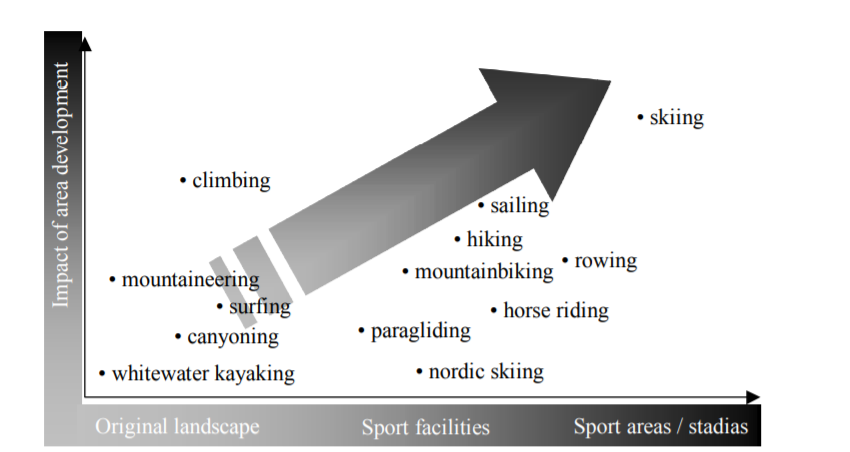
Conclusion
Making an offer of activities appropriate to the characteristics of the Protected Area, in a sustainable manner and with a minimum impact on biodiversity and the landscape, requires specific action. Besides that, a transversal strategy should incorporate all the necessary steps for the creation of a network that shares vision and objectives in terms of outdoor recreation. Therefore, this Toolkit should be completed with the Case Studies presented in the same section, in order to have a strong evidence supported by many examples of good practice and an overview on how to include outdoor sports in Protected Areas.
Photo credit: CBRC Caver Project
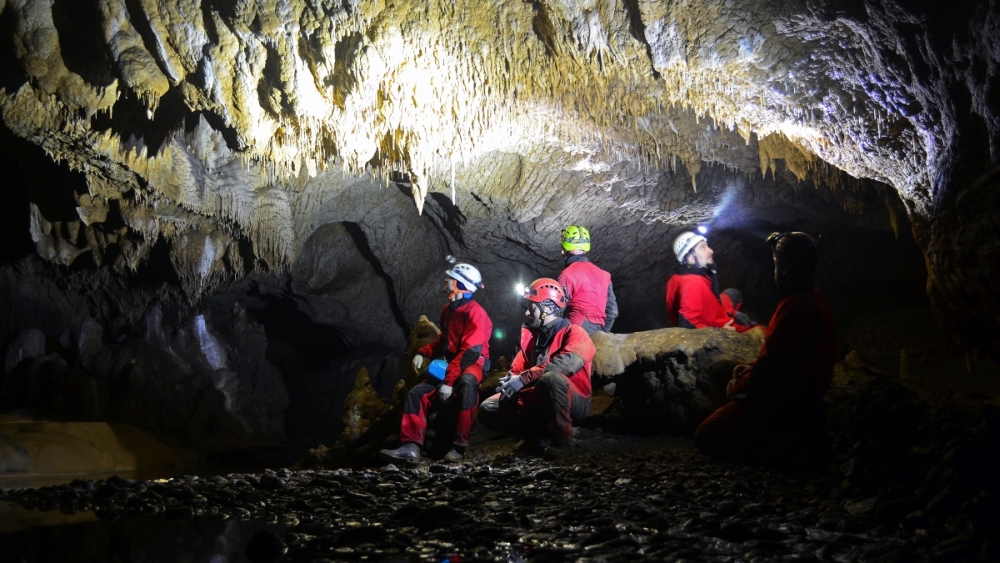
Downloads
Downloads
-
Research to guide management of outdoor recreaton and tourism in parks and protected areas by Robert E. Manning
A framework for managing outdoor recreation and tourism in parks and protected areas was presented in this article. This management-by-objectives framework includes, (1) formulating indicators and standards of quality, (2) monitoring indicators of quality and (3) implementing management actions designed to maintain standards of quality. This management framework can be used to help balance the demand for outdoor recreation and tourism and the need to protect park resources and the quality of the visitor experience. A programme of research to help guide application of this management framework was described and illustrated. This research is part of a growing body of scientifc and professional literature on outdoor recreation and tourism that can be used to build the capacity of park and protected area management agencies.
-
Outdoor recreation activities in nature protection areas – situation in Germany - by Stefan Türk, Edwin Jakob, Alexander Krämer & Ralf Roth
Within a research project of the Federal Nature Conservation Agency, the Institute of Outdoor Sports and Environment points out new developments in outdoor activities in several German landscapes significantly used for sports activities. Therefore two different types of landscape analysis were chosen: First the monitoring of selected sports activities in landscapes with special equipment respectively high frequented by sportsmen (top-spot method) and second the recording of the real utilisation of near-natural landscapes (area method). The results of the scientific analytics were combined with sociological knowledge to describe the development of outdoor recreation in different sport activities (e.g.: canoeing, climbing, paragliding or canyoning). Considering these results the possibilities and the limits of modern concepts of guidance are discussed. Convenience offers, the use of police law or the establishment of a new outdoor culture (depending on Scandinavian standards) will attach great importance to minimize stress and interference in natural landscapes. It is shown that the changes in outdoor activities offer the possibility for a sustainable use of the German countryside for recreation as well as for environment.
-
A Tourism Carrying Capacity Indicator for Protected Areas, by STELLA KOSTOPOULOU and IOANNIS KYRITSIS
The aim of this article is to develop a tourism Carrying Capacity Indicator for protected areas that could assist regional planners and park managers to promote an equitable form of the spatial distribution of visitors’ environmental pressure. To measure the negative impact of visitors on an environmentally sensitive area, various indicators have been proposed, with regard to ecologically sustainable tourism. In this paper, we examine the unequal distribution of visitors to a protected area that causes significant additional environmental pressure on some sub-areas. This additional pressure, which may exceed the landscape’s carrying capacity, cannot be measured by the commonly used indices that represent an average for the whole area. Our objective is to depict the variability of pressure intensity within a protected area. For this purpose we introduce an indicator adjusted to the Gini co-efficient resulting from the Lorenz curve, used by economists to measure the unequal distribution of income. The proposed indicator is applied to the Mount Olympus National Park, Greece.
-
“DEFINING, MEASURING AND EVALUATING CARRYING CAPACITY - IN EUROPEAN TOURISM DESTINATIONS” - B4-3040/2000/294577/MAR/D2 – Final Report
The study aims at the elaboration of a comprehensive methodological framework which will contribute to an understanding of the concept of Tourism Carrying Capacity (TCC), its practical analysis and measurement and its efficient application in European tourist destinations (with Protected Areas among those).
-
Evaluating the carrying capacity for visitor management in protected areas - Case study Danube Delta Biosphere Reserve
The object of the current study is the carrying capacity of a protected area, using the Danube Delta Biosphere Reserve as a case study, with the Danube Delta Biosphere Reserve Authority (DDBRA) as the beneficiary. This study is correlated with a study concerning the carrying capacity of the Neuburg-Ingolstadt protected area in Germany.
-
BOSS (Benefits of Outdoor Sports for Society) Toolkit by the European Network of Outdoor Sports (ENOS)
This toolkit provides a guide for anyone who is developing or managing outdoor sports to show the impact of your project or programme. The toolkit provides a framework to follow through a staged process.
Thank you for your interest in EUROPARC Toolkit.
If you would like to receive the printable version (in pdf) of this Toolkit and follow up the work of EUROPARC Commission on Outdoor Sports in Protected Areas, please sign in below!
Note: By providing your email address, you agree to be added to the EUROPARC Mailing list. Your email address will be exclusively used by the EUROPARC Federation for the purpose of sharing with you the latest updates, events and the most relevant news for Protected Areas and nature professionals. We won’t share it with third parties nor disclosed it publicly and you will be able to unsubscribe from the EUROPARC mailing list at any time.